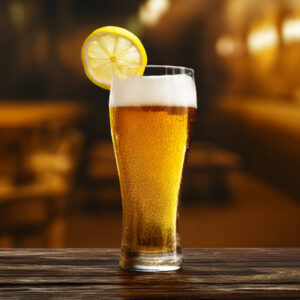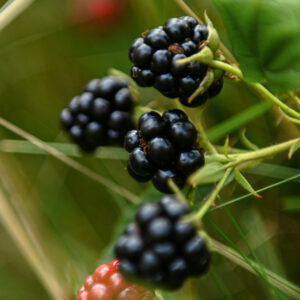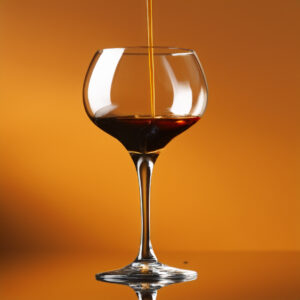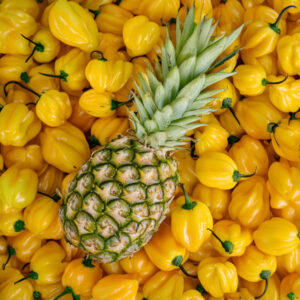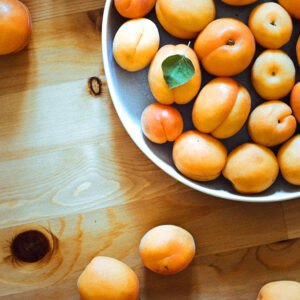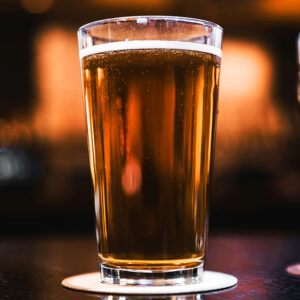
Let’s talk about things your BREW should NOT do. Little things like wink at you, grow appendages, etc. Seriously though, there are several things a homemade mead, cider or wine should not do, and there are some ways to prevent it too!
Bottle Ruptures
The Fermentation process creates carbon dioxide. This gas can build up and cause an increase in pressure in your bottle. Use an airlock while you are fermenting and make certain fermentation is done and the brew is stabilized before bottling. When bottling a carbonated beverage make sure your bottle is suitable to hold a carbonated beverage.
Infections
Acetobacters
Acetobacter is a genus of acetic acid bacteria. It oxidizes sugars and alcohols to produce acetic acid. The best example is the aerobic acidification of wine, the origin of vinegar making. Acetic acid formation may only proceed when adequate oxygen is available. Alcoholic beverages containing less than 15% alcohol content can form acetic acid in the right conditions as Acetobacters are present in nearly all cases. The higher the alcohol content the more resistant the beverage will be toward bacterial infection.
Wild Yeast
Yeast is a living microorganism. Wild yeast is captured and then grown as it can be found all around you. Unlike brewer’s yeast (Saccharomyces cerevisiae), which is cultivated to produce consistent results, wild yeast is unpredictable. Therefore it’s inconsistency makes it not typically used commercially.
Brettanomyces
Brettanomyces is a genus of yeast in the family Saccharomycetaceae. It is more commonly known as Brett. When Brettanomyces grows in an alcoholic beverage it produces several compounds that alters the aroma and flavor. Sometimes this is desireable, particularly in small amounts. Other times it is something to avoid.
Kahm Yeast
Kahm yeast is a white film that can cover the top of your fermentation. It is sometimes confused for mold but unlike mold, it is not harmful to your fermentation. You can remove the yeast by skimming the surface but often it will come back as it is difficult to remove entirely. To determine if you have a layer of Kahm yeast or mold, simply observe. Kahm yeast is a thin, white to cream colored layer that can trap gasses creating a bubbled surface. Mold however often starts as spots on the surface and then spreads into a thick layer. It can be raised and fuzzy or fluffy in hues of white, black, blue, pink or green. Speaking of mold…
Mold
Mold requires water, food, and oxygen to grow. It also requires an environment with a temperature it can survive. While mold cannot spread without these conditions, its spores may survive in a dormant state until conditions are suitable. Temperature: Most molds cannot grow below 40° F. This is why most food is typically refrigerated at 39° F. In the situation of making beer, cider, mead or wine, oxygen levels are the best method of limiting mold growth. The process of fermentation creates carbon dioxide. This is one of the many reasons we suggest using airlocks. Not only will they allow the excess gas to escape your vessel without increasing the pressure and perhaps breaking your fermentation vessel, they also do not allow for outside gasses to come into your brewing environment. Thus, the carbon dioxide should push out the oxygen thus limiting mold growth.
Derica proclaimed this video unoffically sponsored (because they didn’t) by Two Warriors’ Meadery. Check them out and get your own bottle of Mead at https://www.twowarriorsmeadery.com/
Fun T-shirts: https://city-steading.com/product-category/t-shirts/
Funko Tyrion Lannister 5 Star Vinyl Figure: https://amzn.to/485wvnN
Game of Thrones Rocks Glass: https://amzn.to/3Par26o



